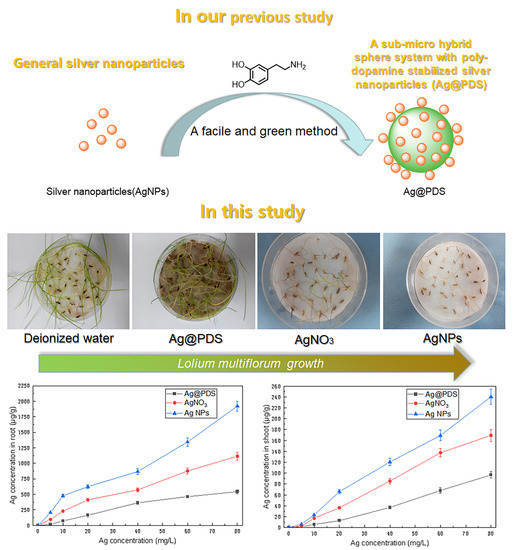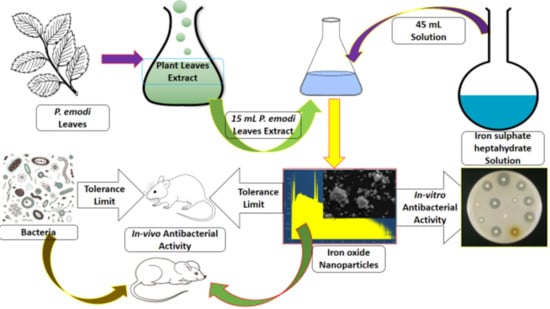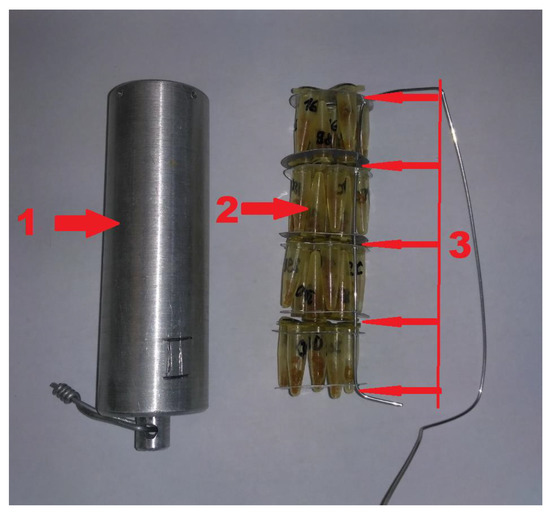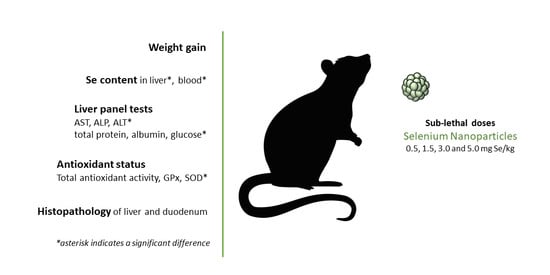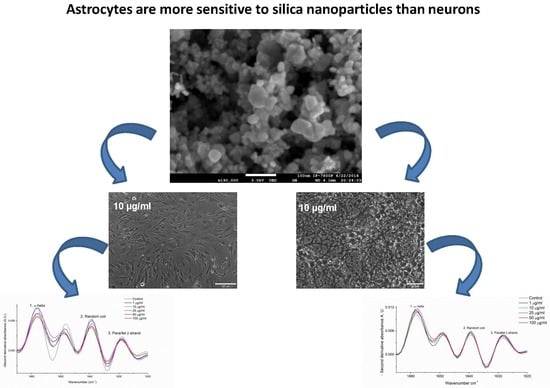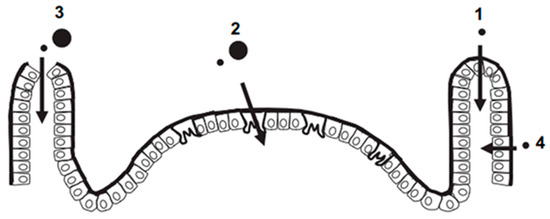Environmental and Health Risks of Nanotechnology (Closed)
A topical collection in Toxics (ISSN 2305-6304). This collection belongs to the section "Exposome Analysis and Risk Assessment".
Viewed by 34522Editors
Interests: toxicology, in vitro, exposure, nanomaterials
Topical Collection Information
Dear Colleagues,
Nanotechnology has great potential for medical and consumer applications, such as targeted drug delivery, optical imaging diagnostics, antimicrobials for wound dressings, and cosmetics, etc. Furthermore, nanomaterial (NM) applications are also being realized in clean energy, water treatment, pollution reduction, and the design of improved materials. Currently, over 1,600 consumer products are on the market that have incorporated NMs in order to enhance product capabilities. In addition to the small size of NMs, several parameters contribute to NM-enhanced magnetic, electrical, optical, mechanical, and structural properties. Many of these characteristics, such as elemental composition, charge, shape, crystallinity, surface area, solubility, degree and pattern of aggregation, and surface chemistry have the potential to also generate toxicity. In view of the increasing application of NMs, there is a growing level of exposure to NMs. Consequently, it is important to answer questions regarding the safety of these materials. In this Special Issue, we invite authors to submit manuscripts that have evaluated the environmental health and safety of nanomaterials. We require detailed characterizations of the nanomaterials used in studies.
Dr. Laura Braydich-Stolle
Prof. Dr. Saber M. Hussain
Collection Editors
Submission
Manuscripts for the topical collection can be submitted online at www.mdpi.com by registering and logging in to this website. Once you are registered, click here to go to the submission form. All papers will be peer-reviewed. Accepted papers will be published continuously in the journal (as soon as accepted) and will be listed together on this website. The topical collection considers regular research articles, short communications and review articles. A guide for authors and other relevant information for submission of manuscripts is available on the Instructions for Authors page.
Submitted manuscripts should not have been published previously, nor be under consideration for publication elsewhere (except conference proceedings papers). All manuscripts are refereed through a peer-review process. A guide for authors and other relevant information for submission of manuscripts is available on the Instructions for Authors page. Toxics is an international peer-reviewed Open Access quarterly journal published by MDPI.
Please visit the Instructions for Authors page before submitting a manuscript. For the first couple of issues the Article Processing Charge (APC) will be waived for well-prepared manuscripts. English correction and/or formatting fees of 250 CHF (Swiss Francs) will be charged in certain cases for those articles accepted for publication that require extensive additional formatting and/or English corrections.
Keywords
- nanomaterials
- exposure
- toxicity
- nanotoxicology
- risk assessment
- characterization






